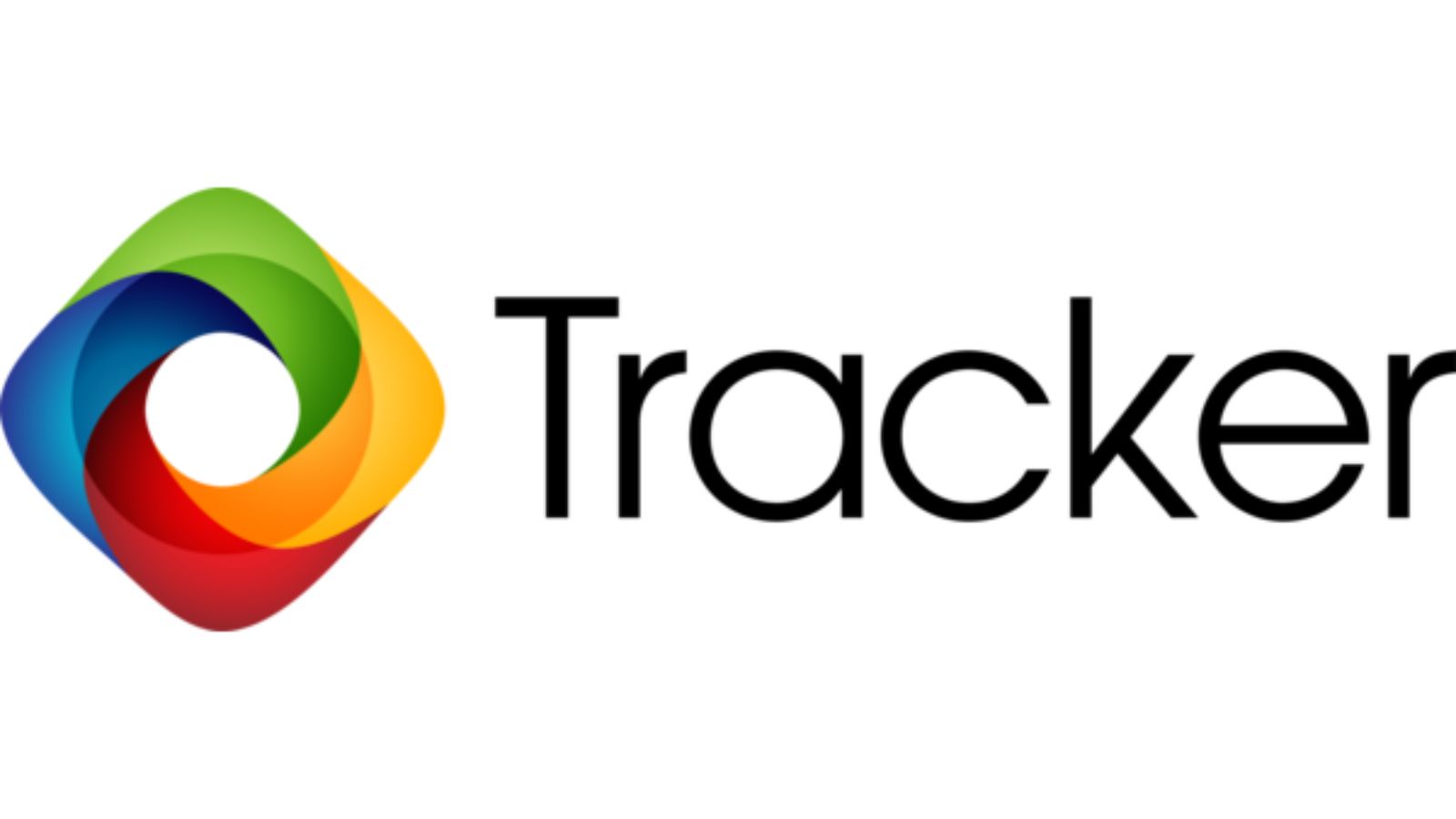Introduction:
In today’s fast-paced and competitive work environment, finding fulfillment in our jobs is more important than ever. A fulfilling job not only leads to personal satisfaction but also boosts productivity and overall satisfaction. Job enrichment is a powerful tool that can help individuals and organizations create more meaningful work experiences. In this article, we will delve into the concept of job enrichment, explore its benefits, discuss strategies for implementation, and provide real-life examples of job enrichment in action.
What is Job Enrichment?
Job enrichment is a concept that focuses on enhancing the depth and breadth of an employee’s job responsibilities and the level of autonomy and control they have over their work. It aims to make jobs more challenging, engaging, and meaningful by giving employees the opportunity to use their full range of skills and abilities. Unlike job enlargement, which simply adds more tasks to a job, job enrichment focuses on creating a sense of purpose and satisfaction in one’s work.
The Benefits of Job Enrichment:
Job enrichment offers numerous benefits for both employees and organizations. Let’s take a closer look at some of the key advantages:
1. Enhanced job satisfaction: By providing employees with more control and autonomy over their work, job enrichment increases their sense of ownership and satisfaction in what they do. When individuals feel a sense of fulfillment in their work, they are more likely to be motivated, engaged, and committed to achieving organizational goals.
2. Increased productivity: When employees are given challenging and meaningful tasks, they are more likely to be motivated to perform at their best. Job enrichment helps unleash their full potential, leading to increased productivity and better performance outcomes.
3. Higher levels of creativity and innovation: By empowering employees and giving them more decision-making authority, job enrichment encourages creativity and innovation. When individuals have the freedom to experiment, take risks, and think outside the box, they can bring fresh perspectives and ideas to the table.
4. Reduced turnover rates: Employees who feel valued and fulfilled in their jobs are less likely to seek opportunities elsewhere. Job enrichment contributes to higher employee retention rates, saving organizations the costs associated with turnover and recruitment.
Strategies for Implementing Job Enrichment:
Implementing job enrichment requires careful planning and consideration. Here are some strategies to help organizations create fulfilling and meaningful work experiences:
1. Task variety: Provide employees with a diverse range of tasks that require different skills and abilities. This helps prevent monotony and allows individuals to continuously learn and grow.
2. Autonomy and decision-making authority: Grant employees the freedom to make decisions and take ownership of their work. This not only empowers individuals but also fosters a sense of responsibility and accountability.
3. Skill development opportunities: Offer training and development programs to enhance employees’ skills and abilities. This not only prepares them for new challenges but also shows the organization’s commitment to their growth and development.
4. Feedback and recognition: Regularly provide feedback and recognize employees’ achievements. Positive reinforcement and acknowledgement of their efforts contribute to a sense of accomplishment and job satisfaction.
Real-Life Examples of Job Enrichment:
1. Google’s “20% time”: Google famously implemented a policy that allows employees to spend 20% of their workweek on projects of their choice, outside of their regular responsibilities. This not only encourages innovation but also gives employees the opportunity to work on projects they are passionate about.
2. Zappos’ “self-management”: In an effort to create a more engaging work environment, Zappos implemented a holacracy-based system where employees have the flexibility to choose the projects they work on and the teams they collaborate with. This promotes autonomy and empowers employees to take ownership of their work.
3. Semco’s participatory management: Semco, a Brazilian company, introduced a participatory management system where employees have a say in decision-making processes and are encouraged to take on new challenges and responsibilities. This approach has led to high employee satisfaction and a successful business model.
Conclusion:
Job enrichment is a powerful tool that can transform work experiences by creating more fulfilling, engaging, and meaningful roles. By providing employees with autonomy, decision-making authority, and opportunities for skill development, organizations can unlock their full potential and drive productivity, innovation, and job satisfaction. Implementing job enrichment strategies can lead to a win-win situation for both employees and organizations, fostering a positive work environment where individuals thrive and organizations thrive.








Leave a Reply